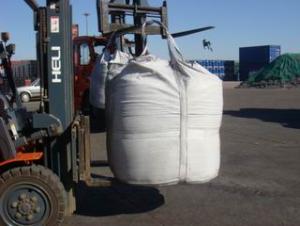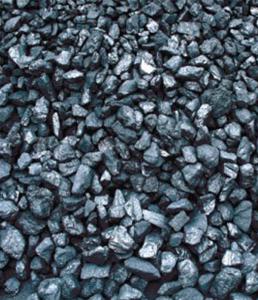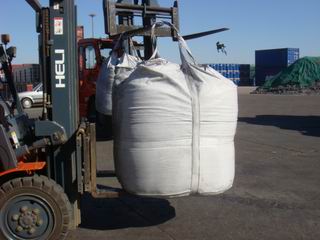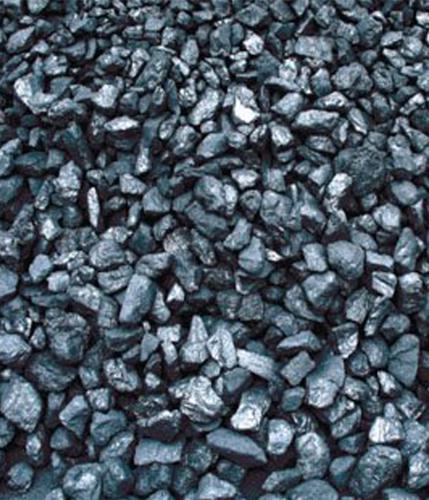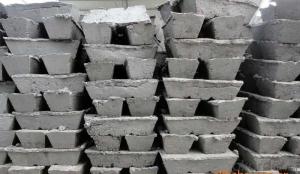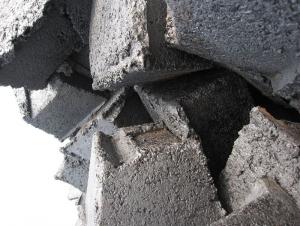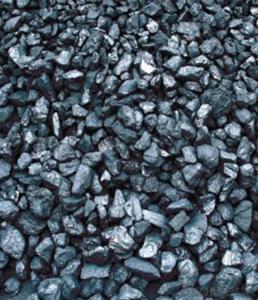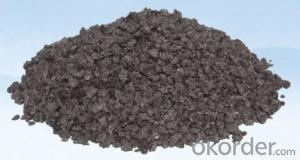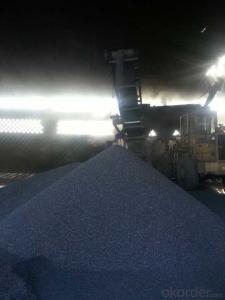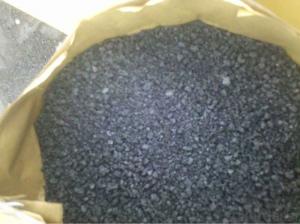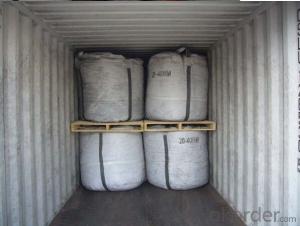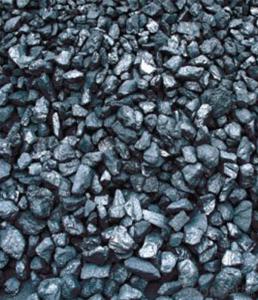Gas Calcined Anthracite FC 90 GCA For Steel Making
- Loading Port:
- China main port
- Payment Terms:
- TT OR LC
- Min Order Qty:
- 0 m.t.
- Supply Capability:
- 20000 m.t./month
OKorder Service Pledge
OKorder Financial Service
You Might Also Like
Specifications
Calcined Anthracite Coal
Fixed carbon: 90%-95%
S: 0.5% max
Size: 0-3. 3-5.3-15 or as request
Usage
Calcined Anthracite coal is produced using the best Anthracite-Taixi Anthracite with low S and P, It is widely used in steel making and casting.
General Specifications
PARAMETER UNIT GUARANTEE VALUE | |||||
F.C.% | 95MIN | 94MIN | 93MIN | 92MIN | 90MIN |
ASH % | 4MAX | 5MAX | 6MAX | 7MAX | 8MAX |
V.M.% | 1 MAX | 1MAX | 1.5MAX | 1.5MAX | 1.5MAX |
SULFUR % | 0.5MAX | 0.5MAX | 0.5MAX | 0.5MAX | 0.5MAX |
MOISTURE % | 0.5MAX | 0.5MAX | 0.5MAX | 0.5MAX | 0.5MAX |
Size can be adjusted based on buyer's request.
Pictures
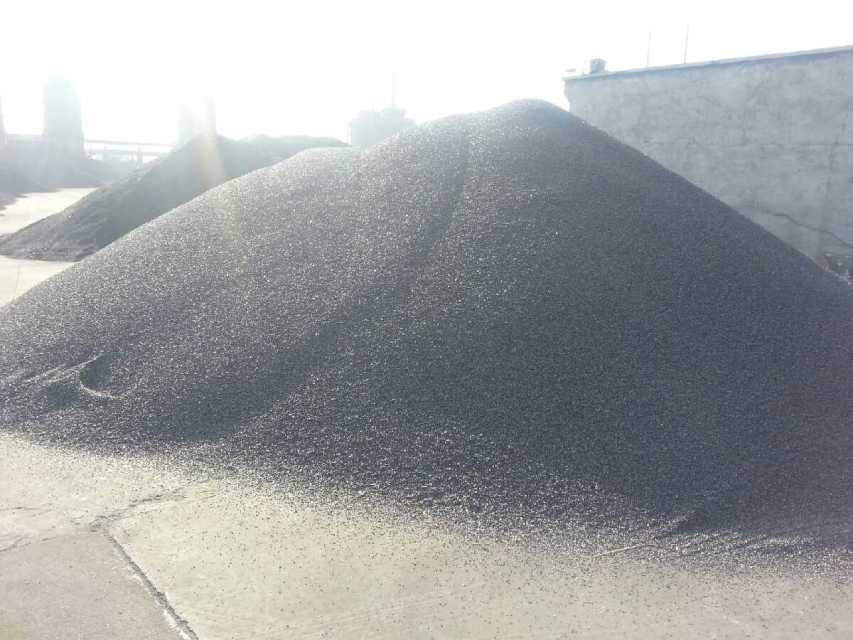
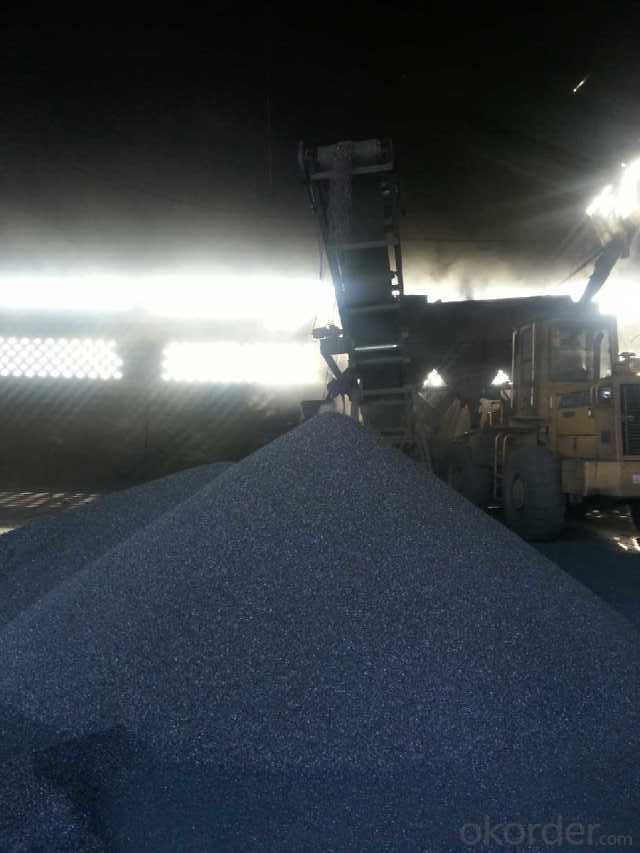


- Q: How does carbon impact the structure and function of ecosystems?
- Carbon, as a fundamental element, plays a crucial role in shaping the structure and function of ecosystems. It serves as a building block of life, found in all living organisms, and continuously cycles between the atmosphere, living organisms, and the Earth's surface. The impact of carbon on ecosystems is diverse, both directly and indirectly. To begin with, carbon is a vital component of organic matter, including plants, animals, and decomposing organic materials. It provides the necessary energy and nutrients for the growth and development of organisms. Through the process of photosynthesis, plants absorb carbon dioxide from the atmosphere and convert it into organic compounds, primarily carbohydrates. These compounds serve as a source of energy and building materials for other organisms, forming the basis of the food chain. As a result, carbon is essential for sustaining the productivity and biodiversity of organisms within ecosystems, as it contributes to their structure and functioning. Additionally, carbon influences the physical structure of ecosystems. In terrestrial ecosystems, carbon is stored in vegetation and soils, creating carbon sinks. Forests, for example, store significant amounts of carbon in their biomass and soils. This plays a crucial role in mitigating climate change by absorbing and sequestering carbon dioxide. However, the loss of these ecosystems, due to deforestation or degradation, can release large amounts of carbon back into the atmosphere. This contributes to the greenhouse effect and climate change. In marine ecosystems, carbon is stored in the form of dissolved inorganic carbon, which can affect ocean acidity. The increasing concentration of carbon dioxide in the atmosphere leads to ocean acidification, impacting the growth and survival of marine organisms, particularly those with calcium carbonate shells or skeletons, such as corals and mollusks. Furthermore, carbon influences the functioning of ecosystems through its role in nutrient cycling. Decomposition, the process of breaking down and recycling organic matter, is largely driven by microorganisms that respire carbon dioxide. This process releases essential nutrients, such as nitrogen, phosphorus, and sulfur, back into the soil, making them available for uptake by plants. Nutrient cycling is crucial for maintaining the productivity and nutrient balance within ecosystems. Changes in the availability of carbon can affect the rates of decomposition and nutrient cycling, which, in turn, impact the structure and functioning of ecosystems. In conclusion, carbon is a fundamental element that significantly impacts the structure and function of ecosystems. Its involvement in energy transfer, organic matter formation, nutrient cycling, and climate regulation makes it essential for the sustainability and functioning of all living organisms within an ecosystem. To ensure the health and resilience of ecosystems in the face of environmental changes, understanding and managing carbon dynamics is crucial.
- Q: What is carbon emission and what harm does it do? How can carbon dioxide be prevented?
- They also believe that the mechanism of independent coking causes and synthesis gas generation, through the use of appropriate catalyst can avoid from kinetics of coke.It is found that the effect of catalyst by coke gas ratio of material. In 750 degrees, when n (CH4): n (O2) = 2, the catalyst produces a large amount of coke; when n (CH4): n (O2) = 1.75, the catalyst activity is low, but no coke formation; when n (CH4) n (O2) =1.78, the coke on the catalyst surface to achieve single steady-state distribution, almost no decrease of catalyst activity; continuously for 50 hours at 800 DEG C, and the catalyst is very stable.Prevention: 1., the temperature should not be too high, 2. water carbon ratio to a reasonable 3, to ensure the quality of the catalyst
- Q: How does carbon affect the formation of tornadoes?
- Carbon does not directly affect the formation of tornadoes. Tornadoes are primarily formed due to the interaction of warm, moist air with strong wind shear. However, carbon emissions and climate change can contribute to the overall increase in severe weather events, including tornadoes, by altering atmospheric conditions and increasing the energy available for storm development.
- Q: How are carbon fibers produced?
- Carbon fibers are produced through a multi-step process known as carbonization. The process starts with a raw material called precursor, which is usually a polymer-based material such as polyacrylonitrile (PAN), rayon, or pitch. The first step involves spinning the precursor material into long, thin fibers. This can be done through various methods such as melt spinning, dry spinning, or wet spinning, depending on the type of precursor used. Once the fibers are formed, they undergo a stabilization process. This involves heating the fibers in the presence of oxygen at a relatively low temperature, usually around 200-300 degrees Celsius. Stabilization helps to remove any volatile components from the fibers and align the molecular structure in a way that enhances its heat resistance and strength. After stabilization, the fibers are subjected to a high-temperature treatment called carbonization. This process takes place in a furnace with little or no oxygen, typically at temperatures above 1000 degrees Celsius. During carbonization, the fibers are heated to a point where most of the non-carbon atoms are expelled, leaving behind a highly pure carbon structure. The final step in the production of carbon fibers is surface treatment. This involves applying a coating or treatment to the fibers to improve their bonding properties and adhesion with other materials. The surface treatment can be done using various methods such as sizing, coating, or plasma treatment. Overall, the production of carbon fibers involves a combination of spinning, stabilization, carbonization, and surface treatment processes to create fibers with exceptional strength, stiffness, and low weight. These properties make carbon fibers highly sought after in various industries, including aerospace, automotive, sports, and construction.
- Q: What are carbon offsets?
- The use of carbon offsets is a method employed to aid in the reduction of greenhouse gas emissions and the fight against climate change. Essentially, it offers a means for individuals, organizations, or businesses to compensate for their own carbon dioxide (CO2) emissions by investing in projects that decrease emissions in other places. Carbon offsets are founded on the concept that emissions reduction can be accomplished through various methods and at different costs. Rather than solely focusing on reducing their own emissions, individuals or entities can utilize carbon offsetting to support projects that can achieve greater emission reductions per unit of cost. These projects encompass renewable energy, energy efficiency, reforestation, methane capture, and others. To obtain carbon offsets, individuals or organizations typically calculate their own carbon footprint by evaluating the amount of CO2 they emit through activities like energy consumption or transportation. After quantifying their emissions, they can purchase carbon offsets equivalent to the amount of CO2 they have emitted. These offsets are generated by projects that undergo independent verification and certification by recognized standards and registries. Once purchased, the carbon offsets are effectively canceled or retired, ensuring that the emission reduction accomplished by the project is not double-counted or claimed by another party. By investing in carbon offsets, individuals or organizations can effectively neutralize their own emissions and contribute to global endeavors to combat climate change. However, it is crucial to recognize that carbon offsets should not be viewed as a substitute for reducing emissions at the source. They should be utilized as a supplementary tool to support emission reduction efforts while simultaneously implementing measures to minimize our own emissions through energy efficiency, adoption of renewable energy, and sustainable practices.
- Q: Why use carbon batteries for alarm clocks?
- You said carbon battery is called alkaline battery his standard voltage is 1.5V the charging the battery is generally 1.2V. to this problem is not a reward.
- Q: What is carbon fixation?
- Carbon fixation is the process by which carbon dioxide from the atmosphere is converted into organic compounds, primarily through photosynthesis in plants.
- Q: How does carbon monoxide affect human health?
- Carbon monoxide is a highly toxic gas that can have severe impacts on human health. When inhaled, carbon monoxide enters the bloodstream and binds with hemoglobin, the molecule responsible for carrying oxygen to our cells. This binding is extremely strong and prevents oxygen from being delivered effectively, leading to a condition called carboxyhemoglobinemia. The symptoms of carbon monoxide poisoning can vary depending on the concentration and duration of exposure. Initially, individuals may experience mild symptoms such as headache, fatigue, dizziness, and nausea. However, as exposure continues or at higher concentrations, these symptoms can progress to confusion, impaired judgment, loss of consciousness, and even death. One of the most dangerous aspects of carbon monoxide is its ability to go undetected, as it is colorless, odorless, and tasteless. This makes it challenging to recognize its presence without proper monitoring equipment. Carbon monoxide poisoning can occur from various sources, including faulty heating systems, poorly ventilated appliances, and running engines in enclosed spaces. Prolonged or repeated exposure to carbon monoxide can have long-term health consequences. It can lead to neurological damage, memory loss, cognitive impairment, and even permanent brain damage. Additionally, it can exacerbate existing cardiovascular conditions, increasing the risk of heart attacks and strokes. To protect ourselves from carbon monoxide poisoning, it is crucial to have proper ventilation and functioning carbon monoxide detectors in our homes and workplaces. Regular maintenance of appliances and heating systems is also essential to minimize the risk of leaks. Recognizing the symptoms of carbon monoxide poisoning and seeking immediate medical attention are vital in preventing severe health outcomes.
- Q: What are the alternatives to fossil fuels for energy production?
- Renewable energy sources such as solar, wind, hydroelectric, geothermal, and biomass are considered as alternatives to fossil fuels for energy production. These sources provide a sustainable and cleaner option, as they do not contribute to greenhouse gas emissions and are replenishable.
- Q: Carbon 60 related information
- Discovery and structural features of carbon sixtyIn October 7, 1996, the Royal Swedish Academy of Sciences decided to award the 1996 Nobel prize for chemistry to Robert FCurl, Jr (USA), Harold WKroto (UK) and Richard ESmalley (USA) in recognition of their discovery of C60.In early September 1995, Rice University of Texas Smalley lab, Kroto etc. in order to form the process simulation of carbon clusters N near the red giant in the atmosphere, the laser gasification experiment of graphite. They found that there is a series formed by an even number of carbon atoms from the molecular mass spectra, which have a 20~25 times larger than the other peak peak, the peak corresponding to the quality of the number of molecules formed by 60 carbon atoms.What structure of C60 molecules can be stabilized? Layered graphite and diamond tetrahedral structure exists in the form of two kinds of stable carbon, when 60 carbon atoms arranged in any of them, there will be many dangling bonds, will be very lively, not showing the mass signal so stable. This shows that the C60 molecule has a completely different structure from graphite and diamond. Inspired by architect Buckminster Fuller composed of pentagons and hexagons dome building, Kroto thinks that C60 is composed of 60 spherical carbon atoms with 32 sides, i.e. 12 pentagons and 20 hexagons, so there is no double bond in C60 molecule.In C60 molecules, each carbon atom with three carbon atoms in SP2 hybrid orbitals and the adjacent connected, a hybrid P track did not participate in the remaining in the C60 shell periphery and the cavity formed spherical PI key, thus having aromatic. In honor of Fuller, they proposed the use of Buckminsterfullerene to name C60. Later, all the molecules containing even numbered carbon, including C60, were called Fuller, and the name was fullerene.
Send your message to us
Gas Calcined Anthracite FC 90 GCA For Steel Making
- Loading Port:
- China main port
- Payment Terms:
- TT OR LC
- Min Order Qty:
- 0 m.t.
- Supply Capability:
- 20000 m.t./month
OKorder Service Pledge
OKorder Financial Service
Similar products
Hot products
Hot Searches

